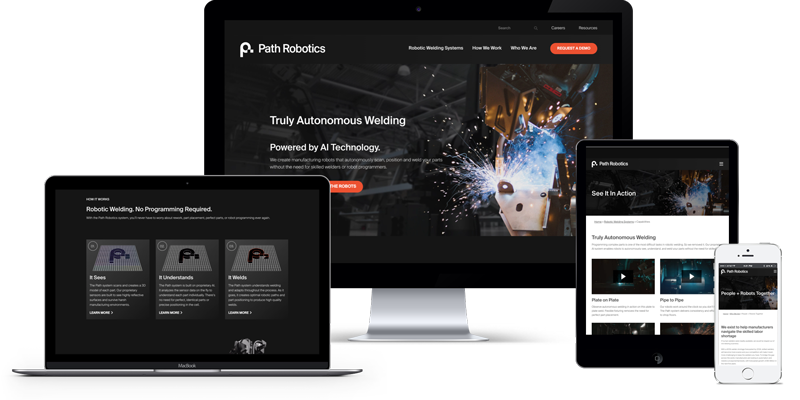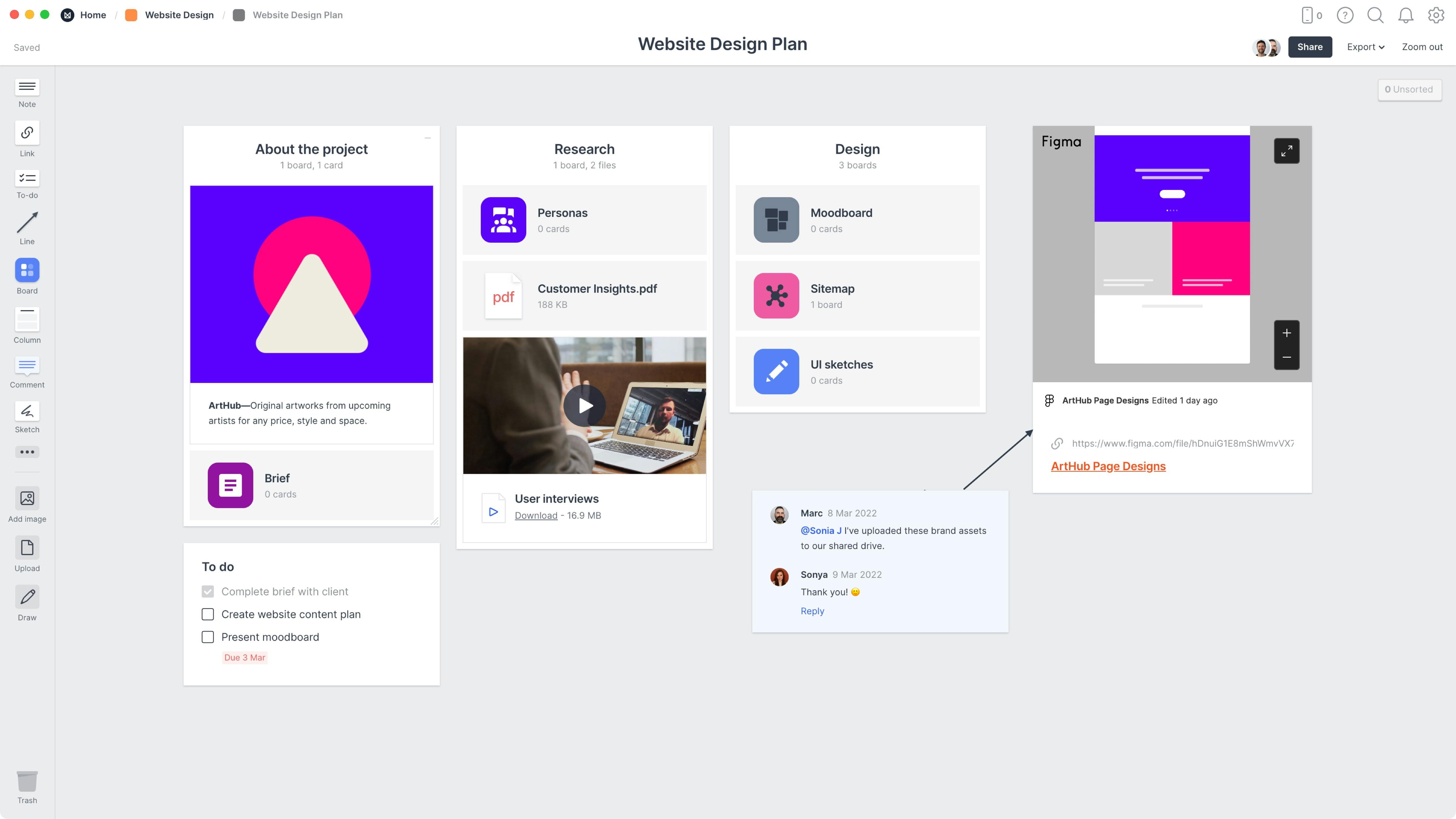Raise Your Brand Photo with Exceptional Website Design Services
Raise Your Brand Photo with Exceptional Website Design Services
Blog Article

Crafting a User-Friendly Experience: Necessary Components of Effective Site Layout
Important elements such as a clear navigation structure, responsive layout principles, and fast filling times serve as the foundation for involving users effectively. Recognizing the hidden aspects that contribute to effective layout can lose light on how to boost user satisfaction and involvement.
Clear Navigation Structure
A clear navigation framework is fundamental to effective website layout, as it directly influences user experience and interaction. Individuals should have the ability to situate details effortlessly, as intuitive navigating reduces frustration and urges exploration. An efficient layout enables site visitors to comprehend the relationship between various web pages and content, resulting in longer website check outs and boosted interaction.
To attain clarity, designers ought to use familiar patterns, such as top or side navigating bars, dropdown food selections, and breadcrumb trails. These components not only improve use however likewise offer a sense of orientation within the site. Furthermore, preserving a consistent navigation structure throughout all pages is essential; this knowledge assists users anticipate where to find wanted info.
It is also important to limit the variety of food selection items to prevent frustrating individuals. Focusing on one of the most important areas and utilizing clear labeling will certainly assist site visitors efficiently. Additionally, integrating search performance can additionally help individuals in finding specific material swiftly (website design). In summary, a clear navigation structure is not simply a design selection; it is a critical aspect that substantially impacts the overall success of an internet site by cultivating a reliable and pleasurable individual experience.
Responsive Style Concepts
Effective web site navigation sets the phase for a smooth user experience, which ends up being even much more crucial in the context of receptive design principles. Receptive layout ensures that internet sites adapt fluidly to different display dimensions and orientations, enhancing availability throughout gadgets. This versatility is accomplished with adaptable grid designs, scalable pictures, and media questions that enable CSS to change styles based upon the gadget's attributes.
Key concepts of responsive design include liquid layouts that make use of percents as opposed to fixed devices, ensuring that components resize proportionately. In addition, employing breakpoints in CSS makes it possible for the layout to change efficiently in between different tool dimensions, maximizing the design for every screen kind. The use of responsive photos is also essential; photos must immediately adapt to fit the display without losing high quality or triggering layout shifts.
In addition, touch-friendly user interfaces are crucial for mobile users, with adequately sized buttons and user-friendly motions boosting customer communication. By incorporating these principles, developers can develop sites that not only look cosmetically pleasing however also give interesting and practical experiences across all devices. Ultimately, efficient receptive layout fosters user satisfaction, minimizes bounce rates, and urges longer interaction with the content.
Fast Loading Times
While customers progressively expect sites to load quickly, quick loading times are not simply an issue of benefit; they are essential for maintaining site visitors and boosting total individual experience. Research study indicates that individuals normally desert websites that take longer than 3 secs to load. This abandonment can bring about raised bounce rates and decreased conversions, inevitably hurting a brand name's credibility and income.
Quick filling times boost customer interaction and satisfaction, as visitors are extra most likely to explore a site that reacts promptly to their communications. Additionally, online search engine like Google focus on speed in their ranking algorithms, suggesting that a slow-moving web site might struggle to attain presence in search results page.

Intuitive User Interface
Rapid filling times prepared for an appealing online experience, but they are only part of the formula. An instinctive user interface (UI) is necessary to ensure visitors can navigate a site effortlessly. A well-designed UI enables customers to accomplish their purposes with marginal cognitive lots, fostering a seamless communication with the site.
Crucial element of an instinctive UI consist of regular design, clear navigation, and recognizable icons. Consistency in style components-- such as color pattern, typography, and switch designs-- aids customers recognize exactly how to connect with the internet site. Clear navigating structures, including sensible food selections and breadcrumb trails, allow users to find info rapidly, minimizing aggravation and enhancing retention.
Additionally, comments devices, such as hover effects and loading signs, notify users about their activities and the web site's feedback. This openness grows depend on and motivates continued involvement. Furthermore, prioritizing mobile responsiveness ensures that users take pleasure in a natural experience across tools, satisfying the varied means target markets gain access to material.
Easily Accessible Web Content Standards

First, use straightforward and clear language, avoiding jargon that might perplex readers. Stress correct heading frameworks, which not only aid in navigating but likewise help display visitors in translating material hierarchies effectively. In addition, provide different text for photos to share their definition to individuals that count on assistive technologies.
Contrast is an additional important aspect; make certain that message stands apart versus the history to improve readability. Furthermore, guarantee that video clip and audio material consists of records and captions, making multimedia accessible to those with hearing problems.
Last but not least, include key-board navigability into your style, allowing individuals that can not use a mouse to accessibility all site features (website design). Going Here By adhering to these accessible material standards, web developers can create comprehensive experiences that satisfy the requirements of all users, inevitably enhancing individual engagement and fulfillment
Final Thought
To conclude, the assimilation of necessary components such as a clear navigation structure, receptive style principles, quick packing times, an instinctive individual interface, and obtainable content guidelines is important for developing an user-friendly site experience. These components jointly enhance functionality and interaction, making sure that individuals can easily browse and communicate with the website. Focusing on these design look at more info components not only improves total complete satisfaction but likewise promotes inclusivity, suiting diverse individual requirements and choices in the electronic landscape.
A clear navigation structure is fundamental to efficient web site design, as it directly affects user experience and engagement. In recap, a clear navigation framework is not just a design choice; it is a critical element that significantly affects the overall success of an internet site by fostering a reliable and satisfying user experience.
Additionally, touch-friendly interfaces are important for mobile individuals, with effectively sized switches and user-friendly motions boosting customer communication.While customers progressively expect websites to load quickly, quick packing times are not simply an issue of convenience; they are important for preserving visitors and boosting general customer experience. website design.In final thought, the combination of necessary aspects such as a clear navigation structure, responsive style concepts, quick loading times, an instinctive individual interface, and easily accessible content standards is essential for producing a straightforward site experience
Report this page